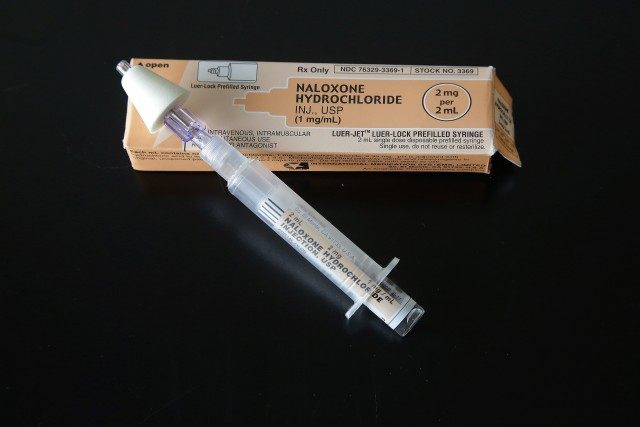Illegal alien Andres Avila pled guilty to trafficking drugs in September after Idaho police caught him with 98 grams of heroin during a traffic stop, according to the Idaho State Journal. Much to its credit, the Journal noted Aliva was an immigrant in the headline — though where the U.S. should ship him back to is not reported.
Avila will be sentenced on October 29; prosecutors recommended he serve a minimum of 10 years in before facing deportation.
His arrest comes as Republicans such as Iowa Sen. Chuck Grassley have completely reversed their opposition to liberal, soft-on-crime policies and complain that there’s a supposed epidemic of “non-violent” criminals languishing in prison on drug-related charges. Like 99.8 percent of all other convicts charges with drug offenses in prison, Avila is a trafficker profiting from international criminal enterprises that depend on violence and addiction to fuel their drug empires.
The Sentencing Reform and Corrections Act of 2015 could affect as many as 46,000 convicted criminals like Avila, if Republicans continue their efforts to enable Democrats and their bureaucratic allies to release prisoners back onto the streets after race riots and a surging, nation-wide crime wave.
Illegal alien traffickers provide more than 90 percent of U.S. heroin with elaborate smuggling efforts, and a blind eye from both parties interested in automatic votes and cheap labor. Avila is only one thug in the foreign army pushing drugs in American streets:
A sophisticated farm-to-arm supply chain is fueling America’s surging heroin appetite, causing heroin to surpass cocaine and meth to become the nation’s No. 1 drug threat for the first time. As demand has grown, the flow of heroin — a once-taboo drug now easier to score in some cities than crack or pot — has changed, too.
Mexican cartels have overtaken the U.S. heroin trade, imposing an almost corporate discipline. They grow and process the drug themselves, increasingly replacing their traditional black tar with an innovative high-quality powder with mass market appeal: It can be smoked or snorted by newcomers as well as shot up by hard-core addicts.
They have broadened distribution beyond the old big-city heroin centers like Chicago or New York to target unlikely places such as Dayton. The midsize Midwestern city today is considered to be an epicenter of the heroin problem, with addicts buying and overdosing in unsettling droves. Crack dealers on street corners have been supplanted by heroin dealers ranging across a far wider landscape, almost invisible to law enforcement. They arrange deals by cellphone and deliver heroin like pizza.
Email Katie at kmchugh@breitbart.com.

COMMENTS
Please let us know if you're having issues with commenting.